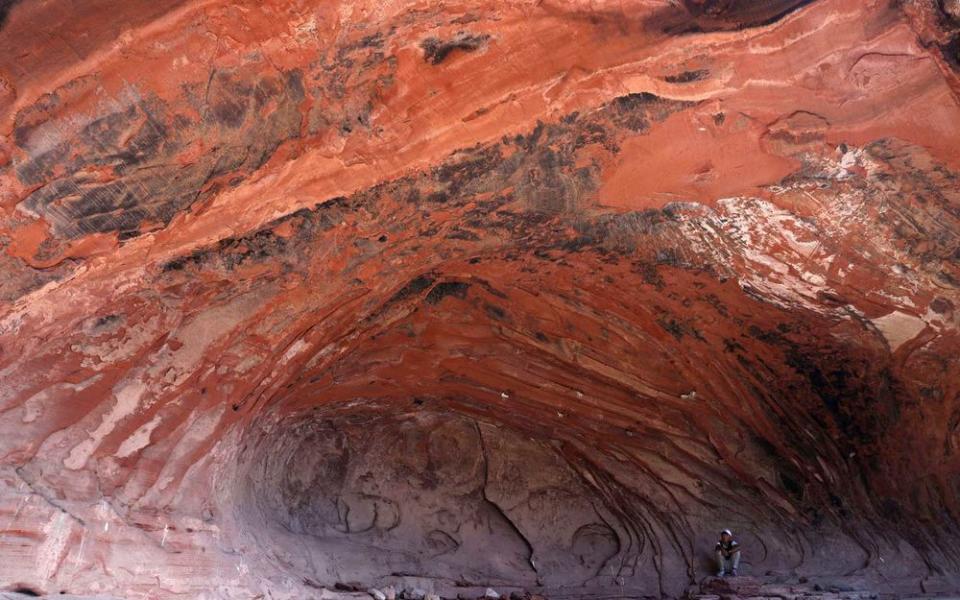China Wants to Build Its Own Yellowstone National Park
China plans to create its own national parks system by 2020 and aiming to set aside land on a Tibetan plateau that mimics Yellowstone, The Associated Press reported.
The conservation goals follow a building boom in the area with increasing numbers of skyscrapers, highways and high-speed railways, which the AP categorized as one of the last remote places in the world.
Chinese officials have visited national parks in the U.S. like Yellowstone and Yosemite, and in August policy makers and scientists from the U.S., China and other countries converged on the capital of Qinghai province, Xining, to go over plans to create a unified park system.

“It’s quite urgent as soon as possible to identify the places, the ecosystems and other natural features” to protect, Zhu Chunquan, the China representative of the International Union for the Conservation of Nature, a Switzerland-based scientific group, told the AP.
A Stanford ecologist agrees that the mission to create a unified park system would be the start of “a new and serious effort to safeguard China’s biodiversity and natural heritage."
One of the first parks planned will be in Qinghai, an area in western China next to Tibet. The area, however, is home to about 128,000 people who live in or near the park’s boundaries, including many Tibetans.
“China has a dense population and a long history,” Zhu said. “One of the unique features of China’s national parks is that they have local people living either inside or nearby.”
The pilot park, Sanjiangyuan, which is set to open next year, is also home to about 1,500 snow leopards, according to Smithsonian.com, which noted that protecting the animals will be a main priority.
As for the people who live there, a Tibetan herder told the AP he leads a team of trash collectors as part of a ranger program that hires one person per family for 1800 yuan a month (or about $255).
“I love this land very much,” he told the AP. “I always motivate and encourage people to protect the environment and contribute to the conservation work.”

